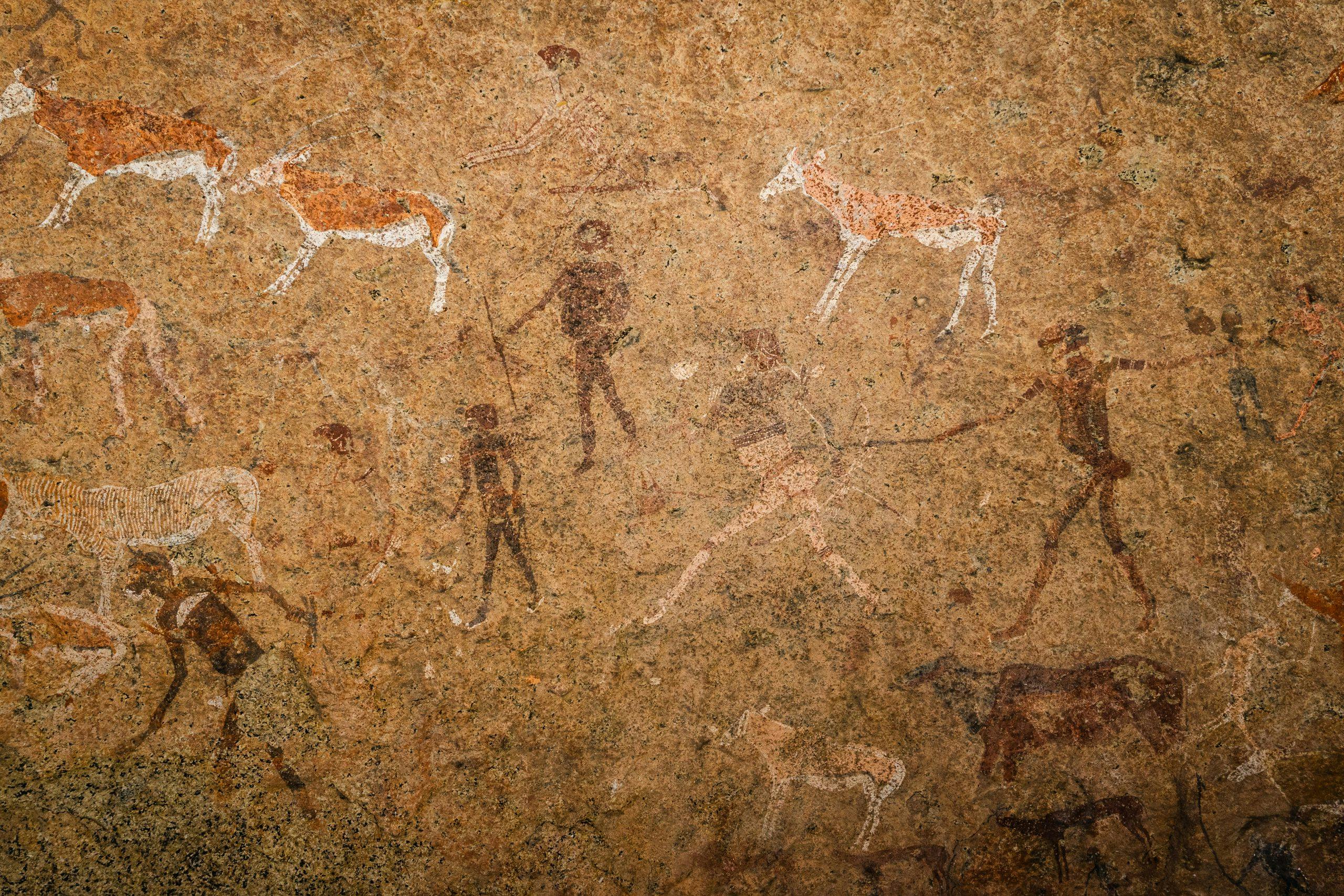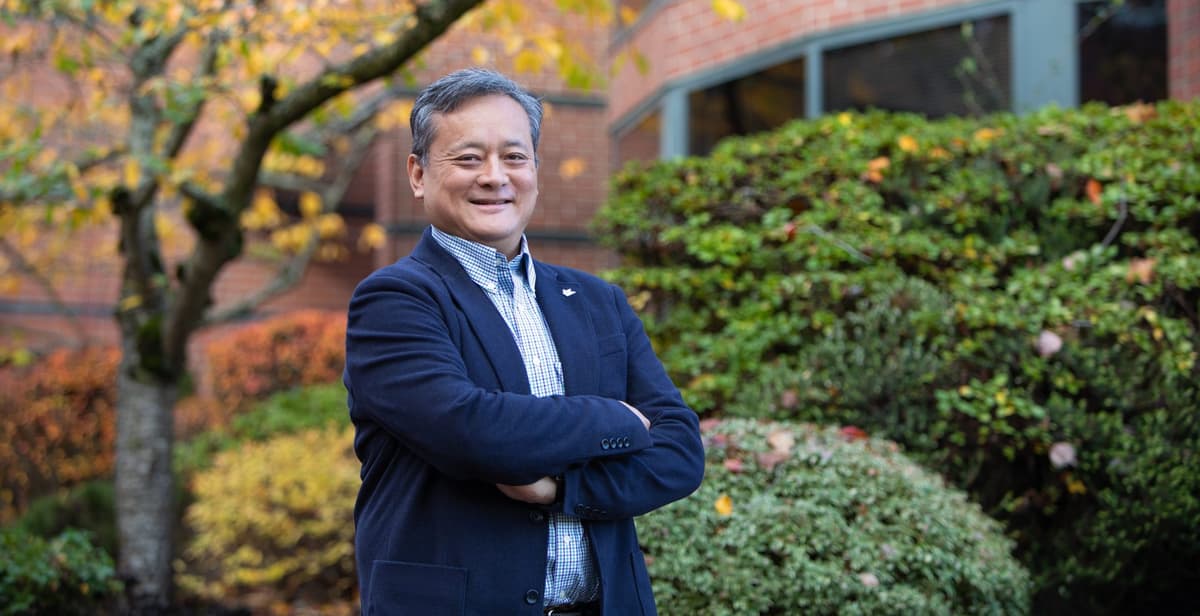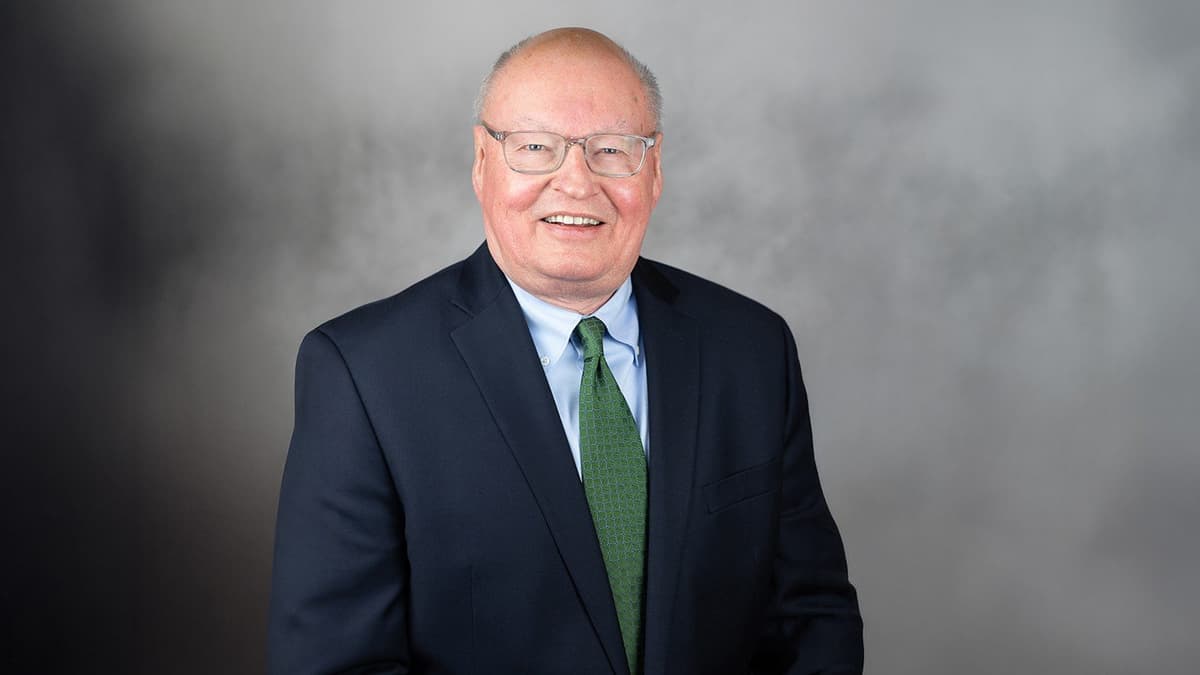People have long assumed the roles of hunters and gatherers were neatly divided by gender: Males hunted. Females gathered. But recent archeological research conducted by a Seattle Pacific professor and four SPU undergraduate students is shedding new light on old assumptions.

Women were hunters in 79 percent of the societies the researchers studied. Biological anthropologist Cara Wall-Scheffler ’00 and her four undergraduate research students came to these findings after analyzing data from 63 different foraging communities across the globe. The findings run contrary to popular assumptions that men have always been the hunters, while women focused on caretaking and gathering.
“It’s not something I questioned,” Sophia Chilczuk said in an interview with the New York Times regarding common beliefs about men’s and women’s roles. “And I think the majority of the public has that assumption.” But the literature review and research revealed a different reality.
In 50 of the 63 societies they studied, women were actively taking the role of hunters.
“There is not a ‘man the hunter’ and ‘woman the gatherer’ dichotomy in most cultures,” said Wall-Scheffler, who is a professor and co-chair of the biology department at SPU. Instead, women intentionally went on hunting expeditions and used a diverse group of tools to hunt both small and large game.
In the review of ethnographic literature spanning a century, there were few explicit taboos against women hunting. And the women intentionally set out on these hunting expeditions as opposed to “opportunistic killings” where they might have been gathering plants and food and stumbled upon an opportunity to hunt an animal for meat.

Wall-Scheffler, who is currently a visiting Fulbright scholar at Charles University in Prague, co-authored the study with SPU students Abigail Anderson, Sophia Chilczuk, Kaylie Nelson, and Roxanne Ruther. (Incidentally, all four research students are also accomplished Falcon athletes.) After their research was published in the journal PLOS One, dozens of major national and international media outlets such as the New York Times, NPR, CNN, Australian Broadcasting Corporation, Smithsonian Magazine, and Science reported on their findings.




